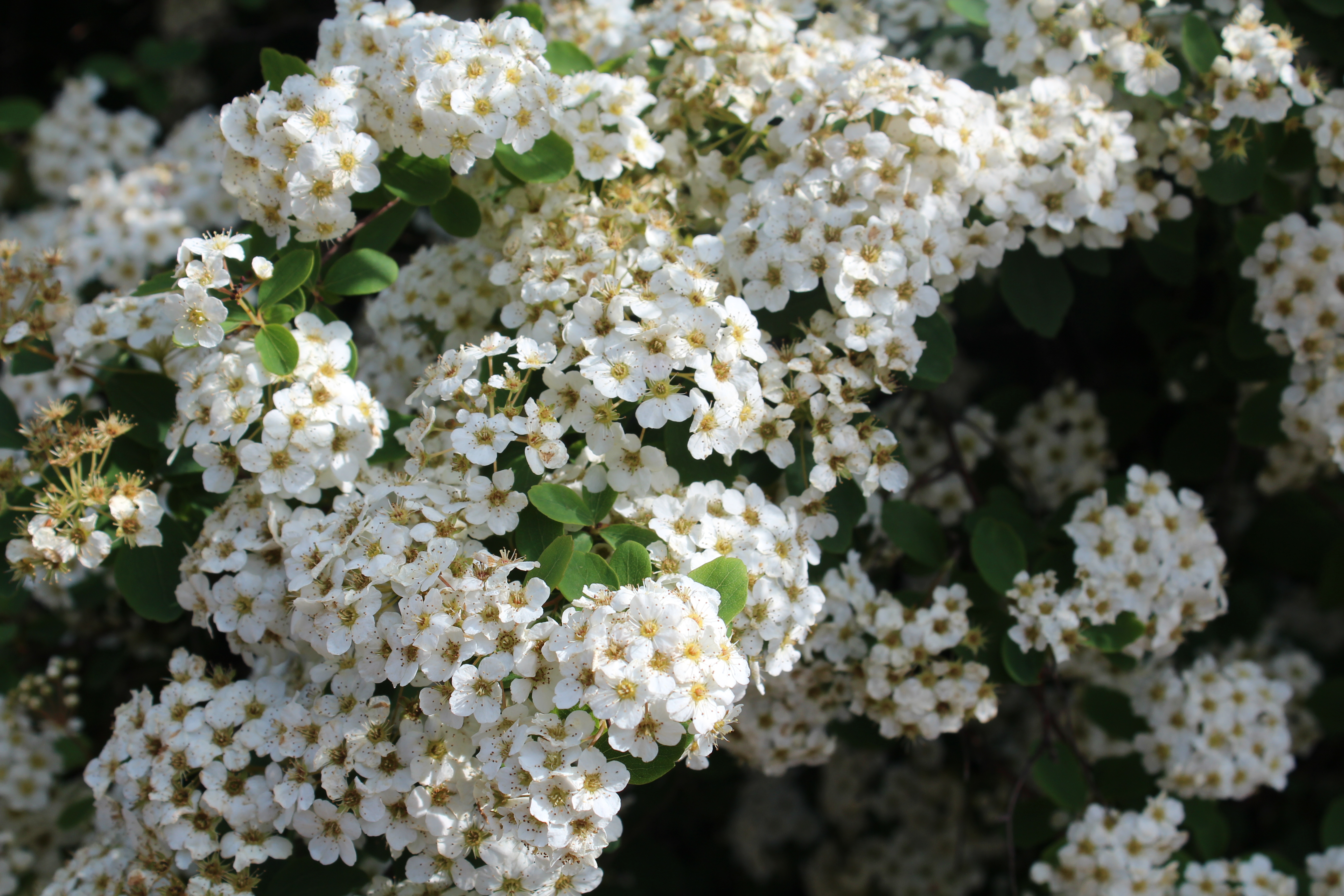I’m a garden girl, but usually I like having someone else doing the hard stuff for me. I was understandably concerned when NRB brought these maple leaves into the kitchen.
 My reputation as a “farm-ish” girl from Ohio was at stake. I was supposed to diagnose this nasty thingey on the neighbor’s maple leaves.
My reputation as a “farm-ish” girl from Ohio was at stake. I was supposed to diagnose this nasty thingey on the neighbor’s maple leaves.
I’m pretty sure I’ve talked about my next door neighbor’s house that is in foreclosure and has been empty for three years after both owners died. My beloved husband (with help from the younger neighbors across the street) has been taking care of Oksana and Roman’s house during that time. It was a very welcome big deal when the city started mowing the grass in the back yard, but he still takes care of the front yard and the snow. And we have a LOT of snow in the winter here in Chicago.
We were worried about the black spot on the maple leaves, because we have both big maple trees and some new Japanese maples. Will this nasty thing kill our trees? So Mrs. Jennie went to Mr. Internet to find out. Thank goodness, there is a solution from our friends at the Purdue Pest and Plant Diagnostic Laboratory.
_______________________________________________________________________________________________________________________________________
Question: Almost every summer the leaves on my maple trees have black spots on them that look like tar. What is it and what should I do about it?
Answer:  Tar spot on maple is not actually “tar” on maple, but rather a fungal disease. Tar spots on maples are caused by fungi in the genusRhytisma. The most common species areRhytisma acerinumand R. punctatum.
Tar spot on maple is not actually “tar” on maple, but rather a fungal disease. Tar spots on maples are caused by fungi in the genusRhytisma. The most common species areRhytisma acerinumand R. punctatum.
Symptoms first appear in late spring or early summer as infected leaves develop light green or yellow-green spots. During mid to late summer, black tar-like raised structures are formed on the upper surface of leaves within the yellow spots. R. acerinum causes spots that are 0.5 to 2 cm in diameter; R. punctatum causes spots that are smaller (about 1mm in diameter). Spots caused by R. punctatum are sometimes called speckled tar spots.
Tar spot diseases seldom are detrimental to the overall health of infected trees. Tar spots may cause premature defoliation, but are not known to kill trees. Tar spot diseases are best managed by raking and destroying fallen leaves because the fungi overwinter on leaves.
_______________________________________________________________________________________________________________________________________
I told my husband that he has to destroy the leaves or the problem will continue, but that presents a problem in itself. We live in a suburban environment that bans burning of leaves, so we have to send them to the local yard waste collector. Unless they destroy the fungal leaves, we will have tar spot fungus next year.
It’s a conundrum. It’s not our house, it’s not our maple trees, and we’re really not supposed to be taking care of this foreclosed property. It’s actually trespassing — can you believe that? Yet, if we don’t, the “fungus among us” will spread.
I wish the lender would just get this house on the market for a couple of dollars and relieve us all of our burden. Anyone want to buy a five bedroom, three bathroom house with an artist’s studio (that needs a little work) in the land just beyond O’Hare? We would love to have you as a neighbor.






















 Tar spot on maple is not actually “tar” on maple, but rather a fungal disease. Tar spots on maples are caused by fungi in the genusRhytisma. The most common species areRhytisma acerinumand R. punctatum.
Tar spot on maple is not actually “tar” on maple, but rather a fungal disease. Tar spots on maples are caused by fungi in the genusRhytisma. The most common species areRhytisma acerinumand R. punctatum.